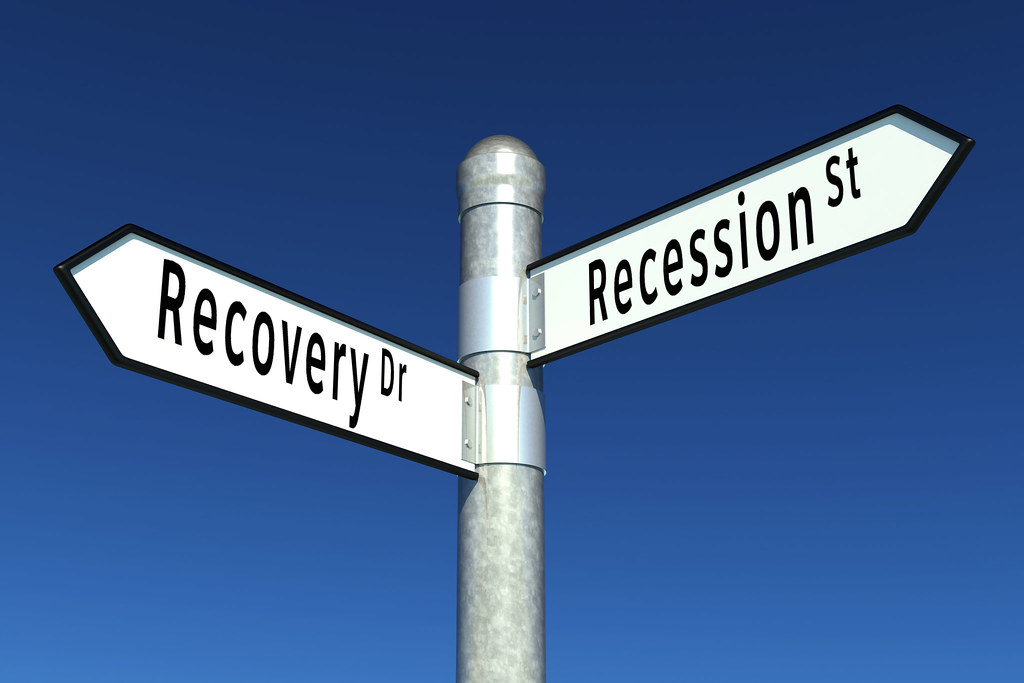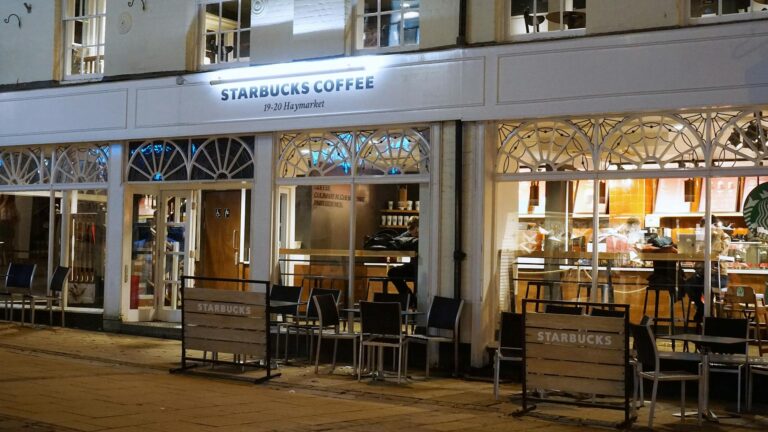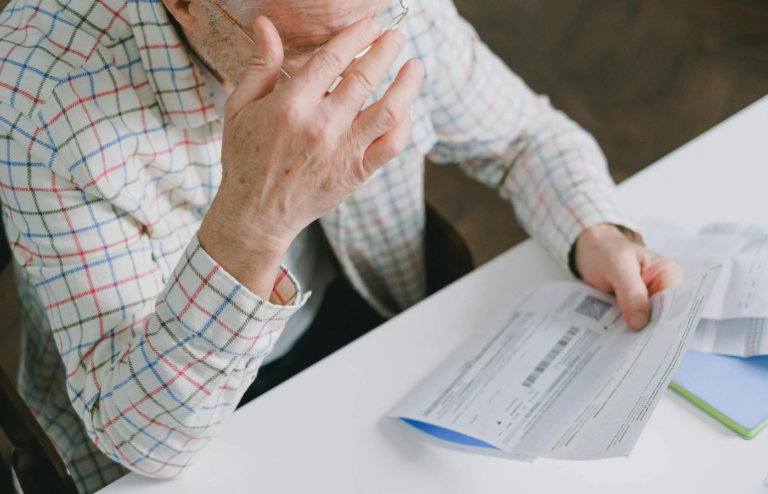Every time the economy hits a rough patch, people start throwing around the “R” word—recession. But how do you know if one is actually coming? While no one has a crystal ball, there are clear warning signs that can hint at an economic downturn.
Whether you’re casually curious or trying to prepare your finances, here are 10 signs that could indicate a recession is on the horizon.
1. Inflation Is Outpacing Wages
When prices keep climbing but paychecks stay the same, people start feeling the squeeze. If the cost of groceries, gas, and rent keeps rising faster than wages, consumers have less spending power, which can slow down the economy. When people cut back on spending, businesses make less money, leading to layoffs and, eventually, a slowdown.
2. Interest Rates Keep Rising
The Federal Reserve raises interest rates to control inflation, but there’s a fine line between cooling down the economy and tipping it into a recession. Higher interest rates make borrowing more expensive, which can slow down everything from home buying to business expansion. If the Fed keeps raising rates aggressively, it can choke off economic growth and trigger a downturn.
3. Layoffs Are Picking Up
Job cuts are one of the biggest red flags of a slowing economy. If companies across multiple industries start laying off workers—especially big tech firms, banks, and manufacturers—it could be a sign that businesses are bracing for rough times ahead. A rise in layoffs often leads to lower consumer spending, which can create a ripple effect across the economy.
4. The Stock Market Is Struggling
While the stock market isn’t a perfect indicator of a recession, a prolonged downturn in stock prices can signal trouble ahead. Investors tend to sell off stocks when they see economic uncertainty, and a falling market can also impact retirement savings and consumer confidence. If stock prices are consistently down and volatility is high, it could be a warning sign.
5. Consumer Spending Is Slowing
The U.S. economy runs on consumer spending, so when people start cutting back, it’s a sign that trouble could be brewing. Whether it’s skipping big purchases, eating out less, or traveling less, reduced consumer spending means businesses make less money. When that happens across multiple industries, a recession isn’t far behind.
6. The Housing Market Is Cooling Off
When home sales drop, mortgage rates climb, and housing prices start falling, it can be a sign that the economy is slowing down. A strong housing market usually indicates economic stability, but when people stop buying homes due to high interest rates or job uncertainty, it can signal that a recession is coming.
7. Business Investment Is Declining
Companies invest in new projects, equipment, and hiring when they feel optimistic about the future. But when businesses start pulling back on spending, delaying expansion, or freezing hiring, it’s often a sign they’re worried about a downturn. A slowdown in business investment can lead to fewer jobs and less economic growth overall.
8. Yield Curve Inversion
This one sounds technical, but it’s a major warning sign. Normally, long-term interest rates are higher than short-term rates. When that flips (meaning short-term rates are higher), it’s called an inverted yield curve, and it has predicted almost every recession in modern history. Investors see this as a sign that economic trouble is ahead.
9. Rising Credit Card Debt and Delinquencies
When people start relying on credit cards to cover everyday expenses or fall behind on payments, it’s a sign that household finances are stretched thin. If credit card debt is rising while savings are shrinking, it could indicate that people are struggling to keep up with the cost of living—another red flag for the economy.
10. Government and Economists Are Sounding the Alarm
When financial experts, major banks, and even government officials start warning about economic slowdowns, it’s worth paying attention. While not every prediction comes true, if economists and policymakers are openly discussing the possibility of a recession, it’s usually because they’re seeing multiple warning signs pile up.






